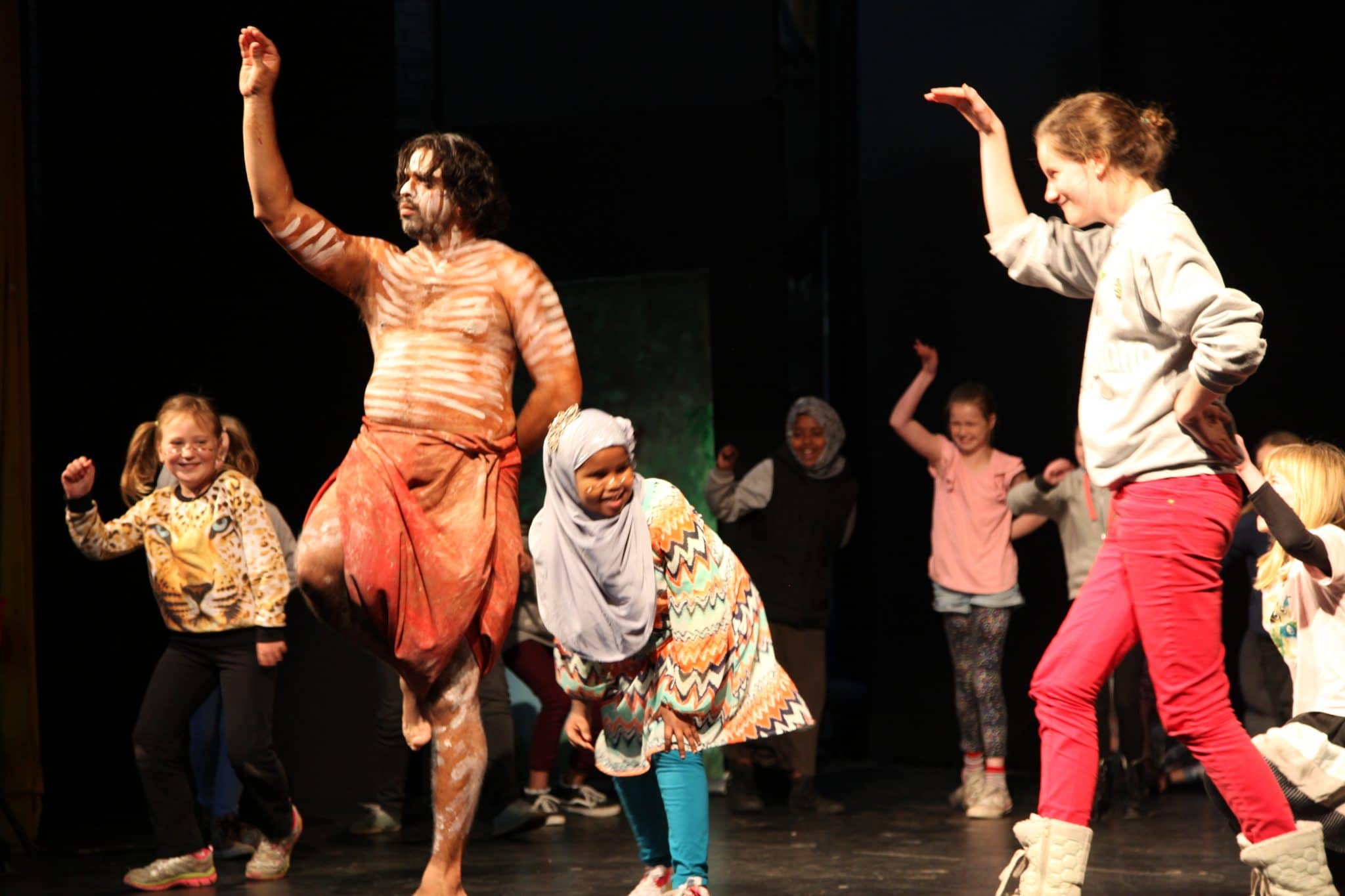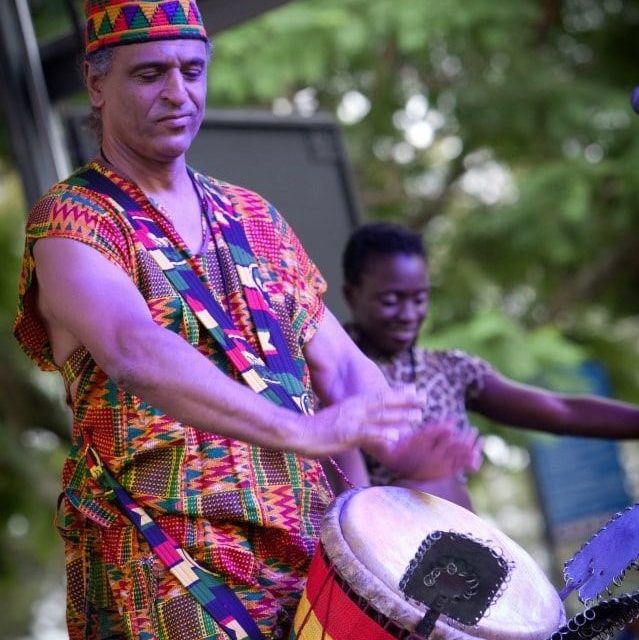
We are living in a small world. At no point in our history, we had such quick access to so much information. But this also means that ignorance is becoming less and less of a virtue every day. Our exposure to people from diverse races, ethnicities and cultural backgrounds, has increased exponentially. The multicultural education of young children prepares them to respectfully co-exist in this increasingly diverse environment. It plays a vital role in shaping their understanding of the different cultures they encounter. It informs their interactions and influences how they perceive cultural diversity (University of Washington, 2012).
What is the goal of multicultural education?
The first and most obvious goal of multicultural education is to encourage the values of openness and acceptance towards people belonging to different cultural and ethnic backgrounds (Koppelman, 2011). Multicultural education focuses on nurturing admiration and appreciation about diverse ethnocultural heritage, in young minds.
Children are imbibed with greater knowledge and understanding about how to behave in a more culturally responsible manner. They acquire skills to navigate various cultures. They learn about societal evils like racism and discrimination, and how to stave off those.

How can multicultural education accomplish these goals?
Multicultural education focuses the most upon the knowledge inequality that currently exists. This lack of access to education can be attributed to the absence of social justice and equity in our society. The goal of multicultural education is to advocate for better opportunities for learning, especially for those who are marginalised based on the colour of their skin, or where they come from.
The goal of multicultural education is to lead debate and discussion on topics such as educational, economic and social equity. It can shape public discourse through advocacy, position papers, policy statements, press releases, and other strategies. It separates itself from conventional wisdom to look beyond for fresh vein of thoughts and ideas (The National Association for Multicultural Education, 2020).
Multicultural Education for schools
Multicultural education is transformative to our society as it fixes the fundamentals. By providing a multicultural education to our children, we can guide them to become better and more responsible adults tomorrow. Brick-by-brick, the goal of multicultural education is to build a more equitable socio-economic world.
Raising awareness about multiculturalism should be positive and engaging. This will create an environment of openness and a willingness to expand our minds. Sound Infusion aims to achieve this through its capacity to build intercultural understanding in a refreshingly creative way; students produce their own compositions with digital instrumental samples from around the world. Music is very closely intertwined with culture so this platform serves as a perfect way for students to virtually immerse themselves in cultural experiences.
Through effective multicultural education, students will learn the meaning of becoming a global citizen in the 21st century.
References:
Koppelman, K. (2011). What Are the Goals of Multicultural Education?
University of Washington (2012). Multicultural Education: Goals and Dimensions
The National Association for Multicultural Education (2020). Mission, Goals, & Objectives
Share this Post

